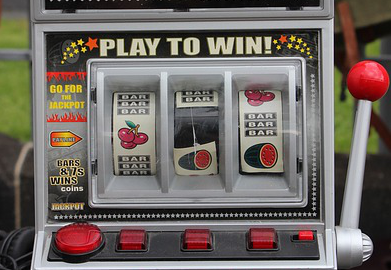One of the major subjects that is taking the gaming news scene by storm is the involvement of micro transactions and gambling mechanics in modern video games. The standard AAA game is usually full of all types of features that equate to a novel gaming experience – amazing graphics, a great story, great characters, and a bevy of content that makes a sixty dollar purchase truly worth it.
This is not necessarily enough for game publishers who often encourage and push extra methods of monetization into games that already come at a premium price. One of the most recent cases of over-monetization in video games comes from 2K’s new basketball game NBA 2K20. Following a trend of increased monetization in the gaming industry, NBA 2K20 recently published a game trailer featuring mini-games that resemble real-life games of chance in what is reportedly a sports game rated “‘E’ for Everyone“ by the ESRB (Entertainment Software Rating Board) and PEGI 3 (Pan European Gaming Information, for ages 3 and up).


Gambling in video games has been a hot button topic throughout the gaming space recently, primary revolving around the fact that gambling in video games is unregulated and easily accessible to players who are either not old enough to gamble (in real life) and those who have addictions to gambling mechanics in general. The line is blurred between the virtual world and reality with studies


regularly citing in-game violence as an influence for real world violence – but in-game gambling not being an influence for real world gambling. This is partly because of the lack of studies into the subject, and the quick suppression of such studies by the game industry.
Gaming news outlets on YouTube and other mediums speak at length against the inclusion of in-game mechanics in AAA video games that are not being appropriately rated. Yong Yea, a prolific voice in the gaming scene even reviewed PEGI’s response to the controversy surrounding the PEGI 3 rating granted to the NBA 2K20 which markets a sports game with in-game gambling mechanics to children ages 3 and up.
According to his review of PEGI’s defense of the rating, the organisation is simply not fully aware of how intrusive or involved the gambling mini-games are in the scope of the game as a whole. This coming from a ratings board that has presumably played the game and rated it based on the game play they experienced. What is this supposed to mean? That the publisher, 2K, willfully omitted the gambling mini-games in their versions that PEGI rated? Or that PEGI knows that gambling is a part of the overall game and are willing to overlook it for the sake of profits and political backlash that could result from blatantly including in-game gambling in a game accessible to minors?
The gaming industry is in a crisis that is beginning to tear apart at the seams, and it has nothing to do with the absurd profits that publishers are making by pushing micro-transactions, loot boxes, and gambling mechanics into modern AAA video games. Self regulation on the part of the games industry has failed time and again to address this issue, and it may only be a matter of time before legislative action is taken to regulate this type of adult content in games.
ABOUT THE AUTHOR
Alejandro Furnells
Student Author - Fall 2019








